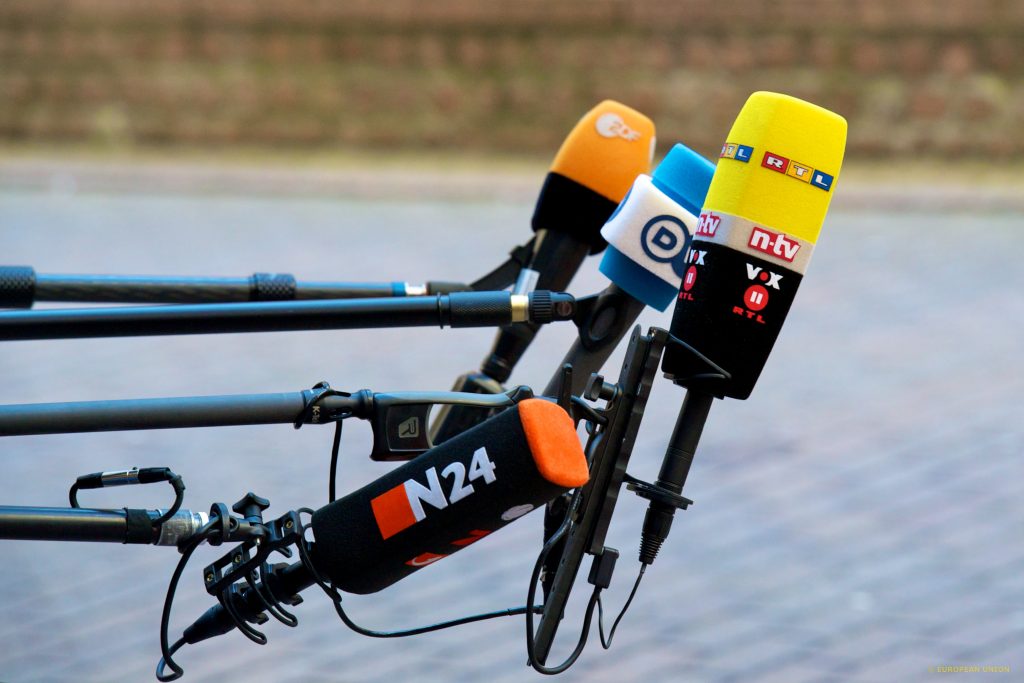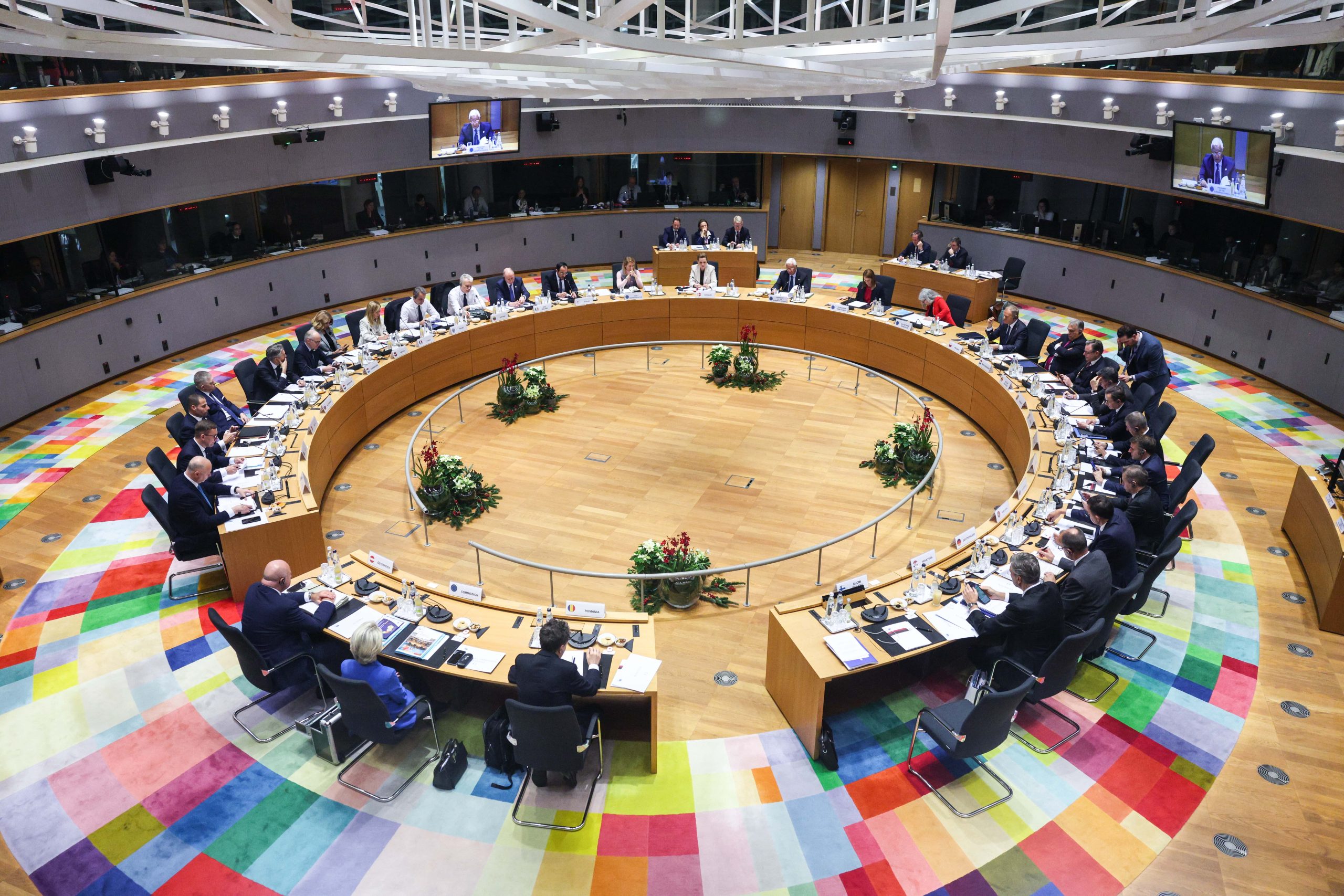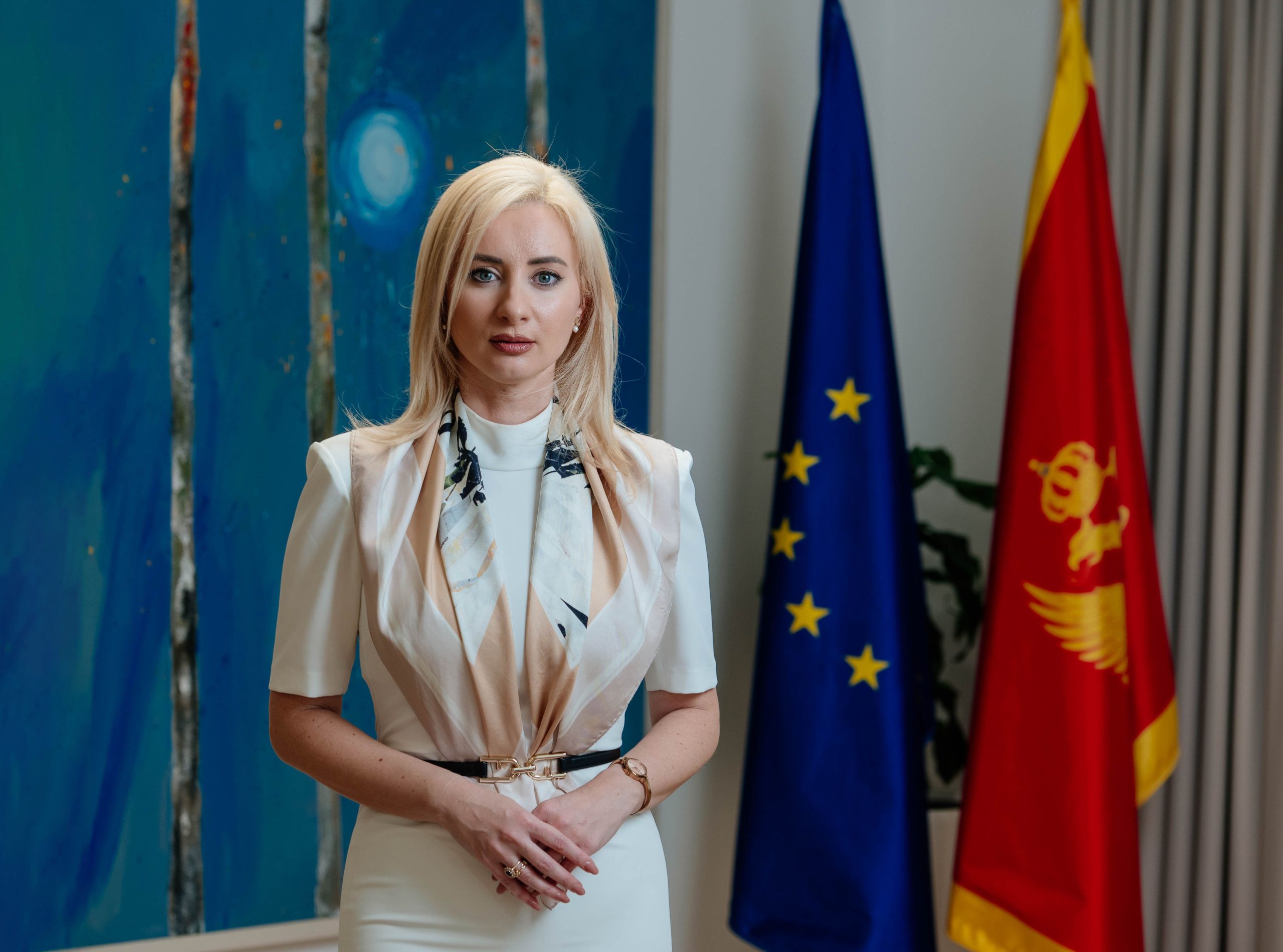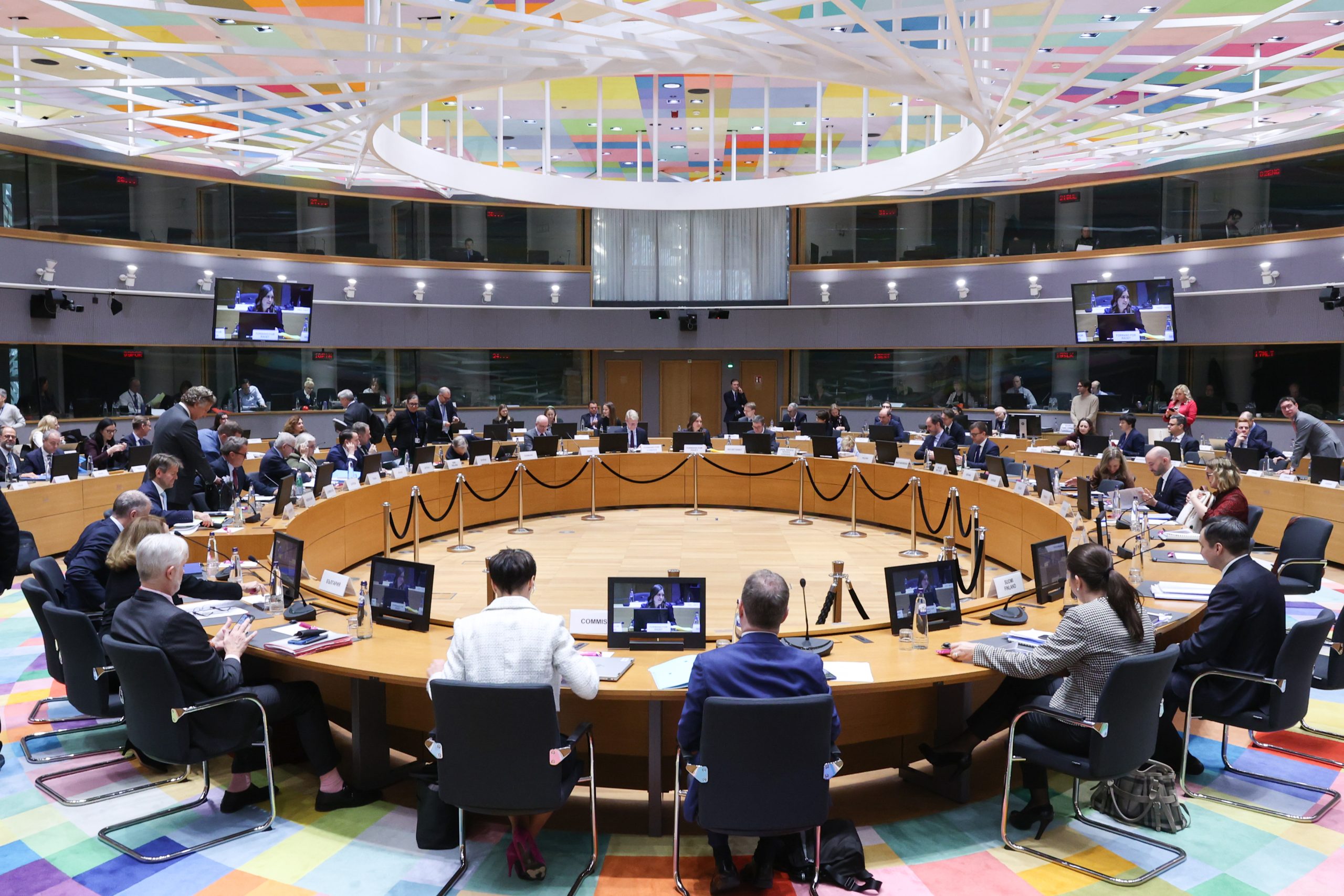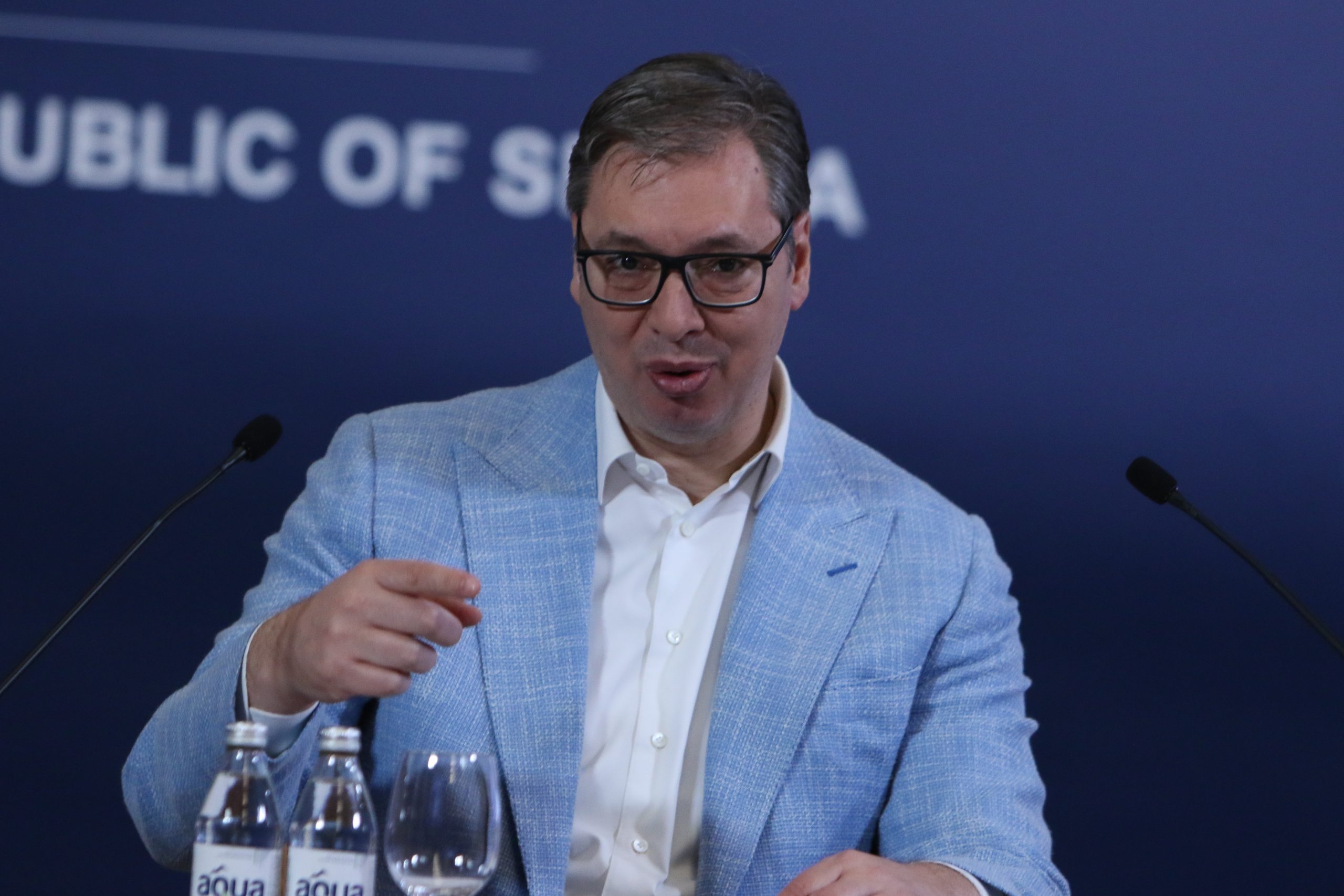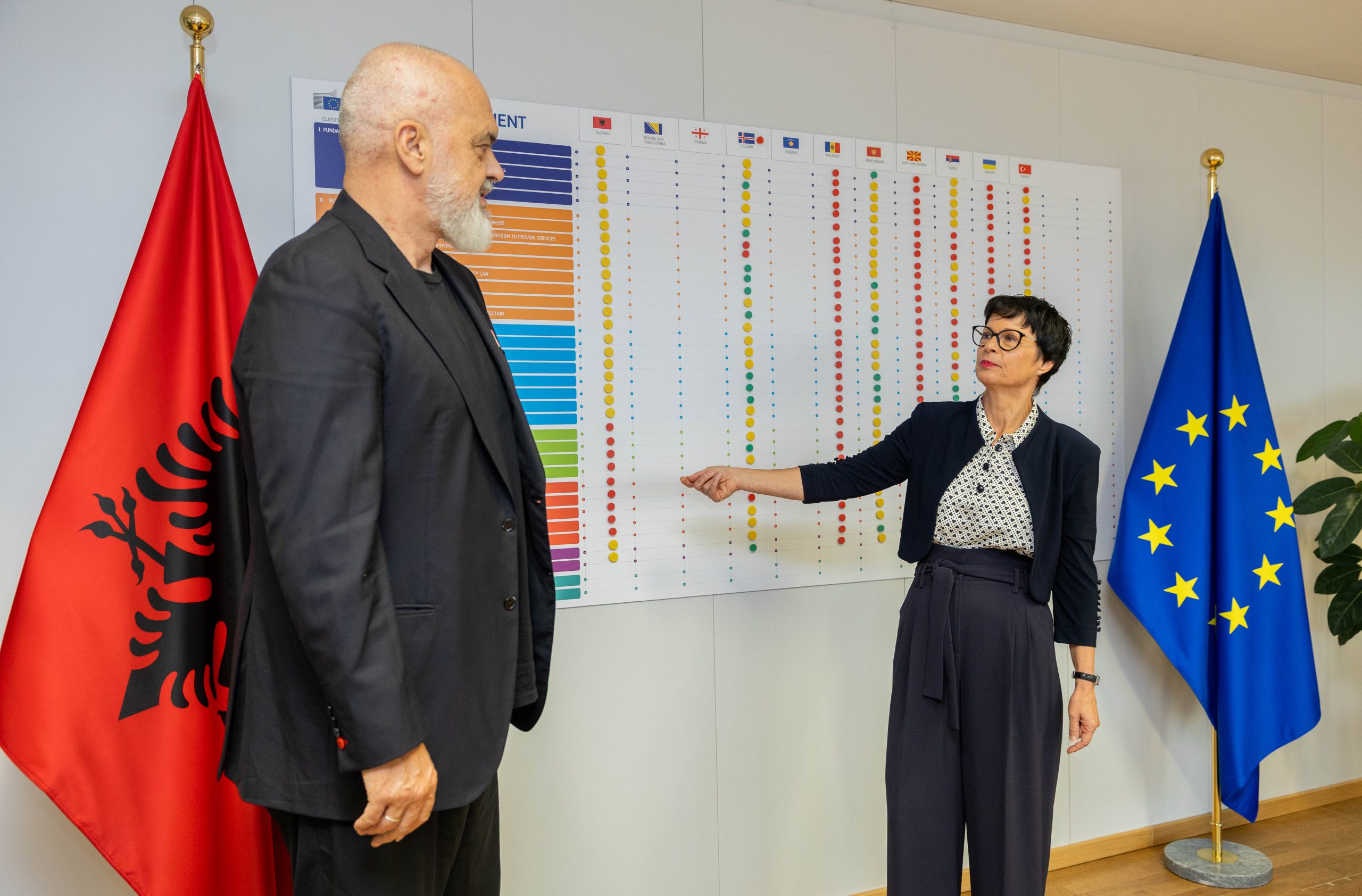There are two parallel monologues being held about the state of media freedom during the election process. The government, but also the Serbian Regulatory Authority of Electronic Media (REM), which represents an independent institution, claim they are satisfied and proud of media freedom in Serbia, and that the reporting during this period has been balanced.
On the other hand, civil society organizations have been conducting numerous research and monitoring for a long time, which show that the situation in the media is alarming, and that there is a large number of abuses in the application of media laws, as well an extremely difficult material and professional status of journalists.
Regular parliamentary elections were again an opportunity to focus on the state of the media.
The inter-party dialogue, mediated by the European Parliament representatives Tanja Fajon and Vladimir Bilčik, resulted in the adoption of an “implementation table” containing measures to improve electoral conditions.
On that occasion, unequal media reporting on television stations with national frequency, in addition to the campaign consisting of promoting activities of political actors which happen solely for the purpose of the election, was mapped as one of the main problems of electoral conditions in Serbia.
Although four measures are envisaged in the implementation table for resolving unequal media treatment of the government and the opposition (election of new members to the REM Council, adoption of regulation for public media services in the campaign, recommendation for private television and regular monitoring of the election process which is to be posted on the site) are nominally fulfilled, in practice, it hasn’t improved the situation.
Ten days before the parliamentary elections in Serbia, the European Commission has observed, in its six-month “non-paper” on the state of the rule of law in Serbia, the continuation of use of threats, intimidation and violence against journalists, and stated that during the first half of 2020 it has noticed an”unbalanced presenting of plurality of political views on public media services”.
According to the conclusion of the monitoring project of the Bureau for Social Research (BIRODI), even during this election campaign the President of Serbia dominates on all observed televisions, a figure in which the State and the Party functions merge beyond recognition.
As BIRODI showed, in the media coverage of these elections, the observed televisions decided to allow presentation of their electoral lists.
In a clearly separated segment of informative news programs, electoral lists were given the opportunity to present themselves. At the same time, their presentation had one major limitation, which was an extremely reduced presenting time. Political parties advocating for boycott were not featured in the news show Dnevnik 2.
Commenting on media coverage during the campaign, sociologist and BIRODI director Zoran Gavrilović told N1 television that there was a dominant presence of President Vučić and that there were situations in which it was difficult to conclude whether he was appearing as the President of Serbia or Party president, which, as he stated, constitutes a violation of the Media Advertising Act.
Gavrilović states that, according to BIRODI monitoring, in the last ten days, Vučić was present for four hours and 12 minutes, the Government two hours and 23 minutes, while other electoral lists occupied no more than 30 minutes.
Zoran Gavrilović points out for European Western Balkans that media coverage during the election process deviated from what the ODIHR required.
“This campaign has been largely unconstitutional and not in accordance with the law, and the president of SNS and Serbia has contributed to that fact by using the Party’s Statute, Article 45, and as the Party President choosing the candidates he proposed to be on the list and helping them in the election campaign, thus choosing the people who will sit in the Assembly and control his work as the President of Serbia,” Gavrilović points out.
BIRODI has monitored the central informative news programmes on national television and cable television N1 during the COVID-19 pandemic, but also during the election campaign.
According to BIRODI, the topics discussed were narrow – how the elections are conducted and what the election conditions are, with Kosovo as the second and infrastructure the third place of discussed topics.
“Of all the monitored televisions, TV Pink devoted the most time to reporting on the election campaign. Aleksandar Vučić was the most represented actor on TV Pink, with a largely positive connotation. “Opposition parties that decided to boycott the elections were presented on TV Pink in a very negative light “, it is stated in the Conclusions of the monitoring conducted by BIRODI.
BIRODI points out that N1 Television tried to represent political actors more critically and actively. At the same time, it is noticeable that the parties that advocated the boycott were presented in a positive light.
“We had a pseudo-campaign, which was very problematic in terms of clarity about who and what to vote for. When the analysis of the content of the campaign was made, we had a campaign in support of Aleksandar Vučić, that is, a campaign before the campaign for the presidential elections in 2022 “, says Gavrilović.
Gavrilović estimates that the campaign was not fair also because those who were supporting the boycott were not presented on the public service, or if they had appeared, as on Pink, for example, they were presented exclusively negatively, up to 100 percent. Gavrilovic expressed his belief that REM will dedicate itself to to the issue of “tonality” in reporting.
The survey, he adds, also showed that “it was only possible on TV N1, when it comes to Aleksandar Vučić to have analytical and critical tones, unlike the others, wherein 10 days (last days of the campaign) no more than 17 seconds was negatively analyzed (on Prva, on Pink five and on B92 four negative seconds)”.
“Such media and such reporting is a violation of the Constitution and the law – that is, that citizens have relevant information. We need a serious conversation about what the media are in Serbia”, says Gavrilović, adding that the media should not be platforms for promotion, then platforms for holding politicians accountable to the citizens.
Gavrilovic says for EWB that Serbia has crossed the path from a model of “equal and more equal elections in 2012 to the model of ‘one and non-existent elections in 2020.”
He added that Serbia is ruled by the populist industry, which as a result has the government which relies on diminsihing the public, integrity and rule of law.
A more favourable relationship between the government and the opposition in the media was not enough for a balanced election campaign
As the data presented by the CRTA showed, after the lifting of the state of emergency and the formal continuation of the campaign, a more balanced and favourable relationship between the government and the opposition on television with a national frequency was noticeable. However, similar to BIRODI’s findings, the most represented political actor was President Aleksandar Vučić, whose name was on the SNS list even though he was not a candidate in these elections.

A more balanced and favourable relationship was in favour of the opposition that was going to take part in the elections, none of which can even come close to challenging the ruling coalition, as the election results have shown.
Despite the more favourable position, 13 days before the elections in Serbia the CRTA observation mission called on the authorities to react to the observed violations of the law during the election campaign.
In the summary of the detailed report, which discusses various aspects of the current course of the pre-election process on fifty pages, CRTA states that it submitted eight reports to the Anti-Corruption Agency due to official campaigns, misuse of public resources and violations of funding regulations.
On that occasion, CRTA also submitted seven reports to the Serbian Regulatory Body for Electronic Media (REM) against media companies.
The CRTA observation mission, as well as the entire public, do not have information on whether REM considered its complaints against broadcasters (TV Happy, TV Pink, TV Pancevo, RTV Studio B and RTV Novi Pazar) due to content that violates the equality of elections participants.
In addition to the formal efforts of the authorities to improve the media landscape before the elections in which the winner was already known before the event, they will be remembered, among other things, for the unbalanced representation of the government and the opposition in the media. Media coverage during the campaign is in the shadow of turnout because the participation of a sufficient number of citizens in the elections is considered a measure of acceptance and legitimacy of the people’s representatives who will be elected. If there are a visible imbalance and dominance of only pro-regime media, the issue of turnout can hardly be the only basis for legitimacy.
